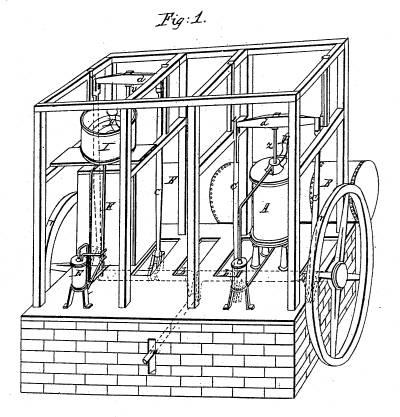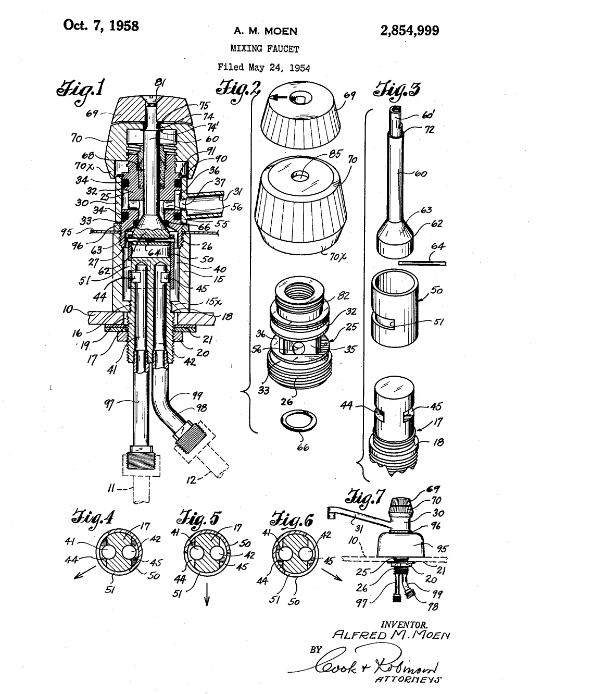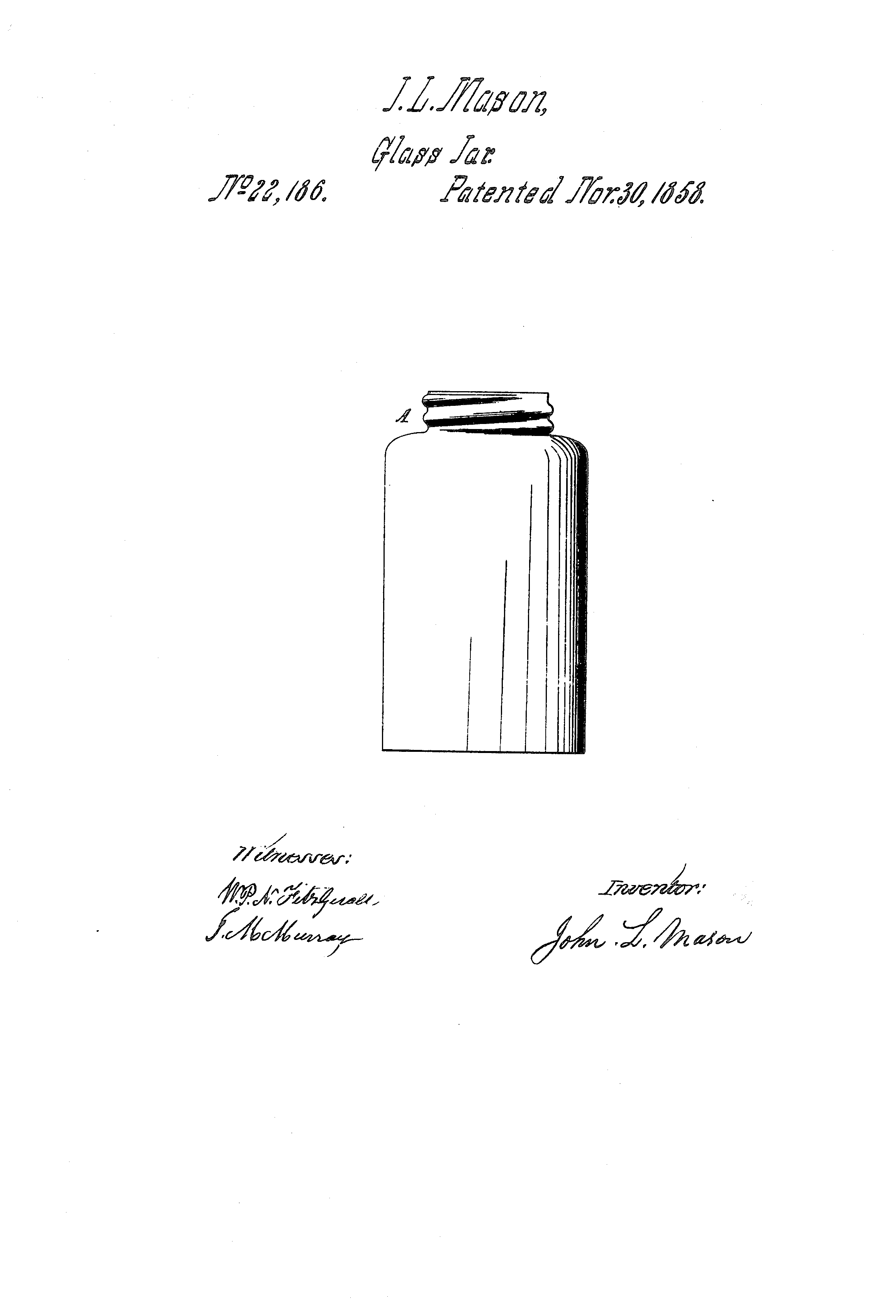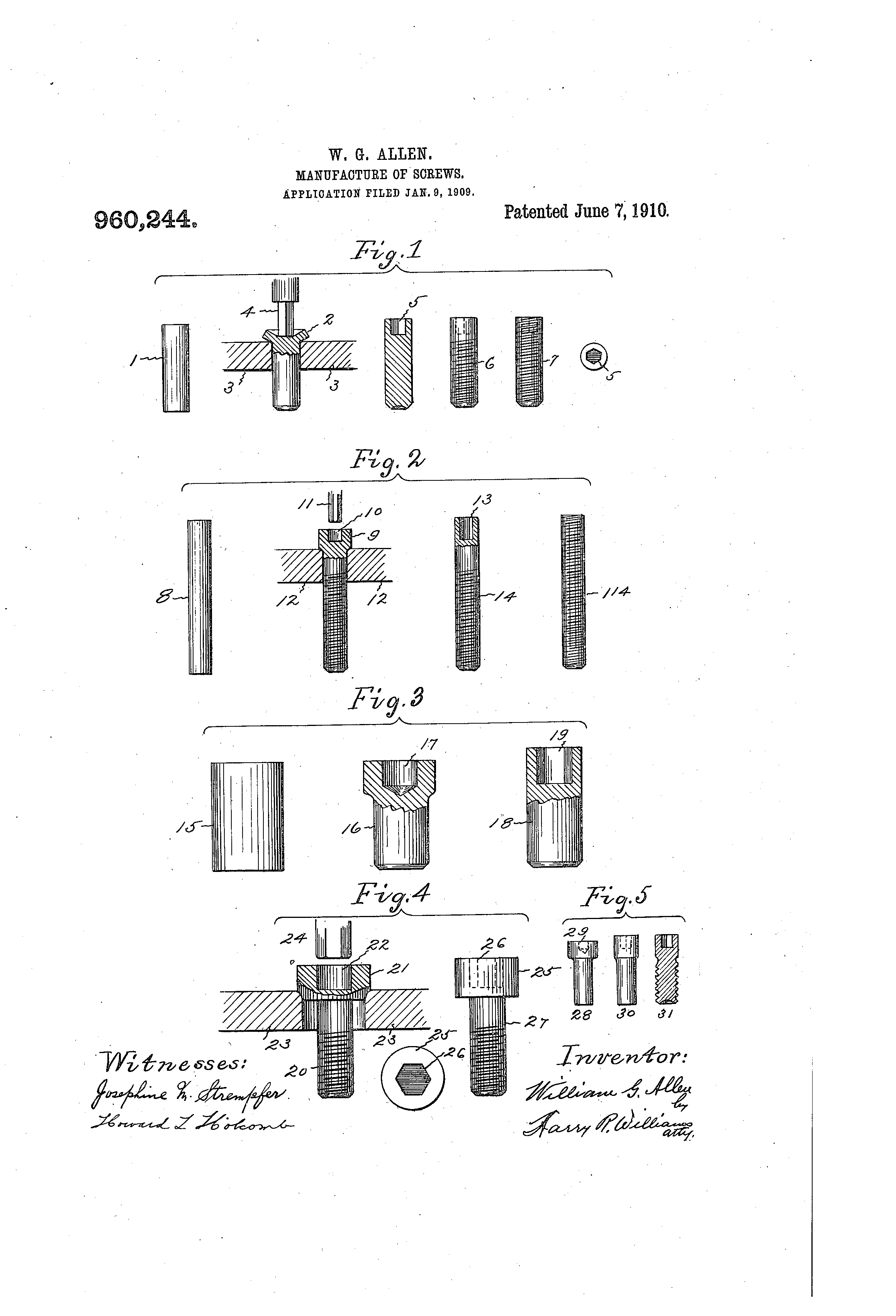The earliest human inventions included stone tools, fire, boats, spears, glue, clothing and other items that we still use today.
Many know the stories behind some of the most famous inventions, like the wheel, the automobile, the engine, the light bulb and the computer. But what about those every day inventions that we don't normally think about? The ones that we, perhaps, take for granted?
Recommended Videos
Here's a look at the stories behind some of mankind's most important and useful inventions:
Refrigeration
When was it invented: 1755
Who invented it: William Cullen
How was it invented: Cullen, a Scottish professor, designed a small refrigeration machine in 1755, using a pump to create a partial vacuum over a container of diethyl ether, which then boiled, absorbing heat from the surrounding air. At the time, it had no practical use and Cullen never found a use for his invention.
It wasn't until 1805, when US inventor Oliver Evans designed the first refrigeration machine that didn't use liquid and instead used vapor to cool.
In 1834, Jacob Parkins built the first machine for practical refrigeration, becoming the first to hold a patent for the invention. Because of this, he's often considered the father of the refrigerator.
Vaccinations
When was it invented: 1796
Who invented it: Edward Jenner
How was it invented: Jenner’s successful 1796 use of cowpox material to create immunity to smallpox, quickly made the practice widespread. His method underwent medical and technological changes over the next 200 years, and eventually resulted in the eradication of smallpox. It's considered the world's first vaccine. Although, evidence suggests that the Chinese employed smallpox inoculation (or variolation, as such use of smallpox material was called) as early as 1000 CE.
Louis Pasteur’s 1885 rabies vaccine was the next to make an impact on human disease. And then, at the dawn of bacteriology, developments rapidly followed. Antitoxins and vaccines against diphtheria, tetanus, anthrax, cholera, plague, typhoid, tuberculosis, and more were developed through the 1930s.
Toothbrush
When was it invented: Boar bristles in 1498, modern day nylon tooth brush in 1938
Who invented it: DuPont
How was it invented: The toothbrush as we know it today was not invented until 1938. However, early forms of the toothbrush have been in existence since 3000 BC. Ancient civilizations used a "chew stick," which was a thin twig with a frayed end. These 'chew sticks' were rubbed against the teeth.
The bristle toothbrush, similar to the type used today, was not invented until 1498 in China. The bristles were actually the stiff, coarse hairs taken from the back of a hog's neck and attached to handles made of bone or bamboo.
Boar bristles were used until 1938, when nylon bristles were introduced by Dupont de Nemours. The first nylon toothbrush was called Doctor West's Miracle Toothbrush. Later, Americans were influenced by the disciplined hygiene habits of soldiers from World War II. They became increasingly concerned with the practice of good oral hygiene and quickly adopted the nylon toothbrush.
Below is a photo of a horsehair toothbrush said to be used by Napoleon Bonaparte.

Air conditioner
When was it invented: 1902
Who invented it: Willis Carrier
How was it invented: Genius can strike anywhere. For Willis Carrier, it was a foggy Pittsburgh train platform in 1902. Carrier stared through the mist and realized that he could dry air by passing it through water to create fog. Doing so would make it possible to manufacture air with specific amounts of moisture in it. Within a year, he completed his invention to control humidity – the fundamental building block for modern air conditioning.

The “Father of Air Conditioning,” Carrier’s invention gave rise to numerous industries that power our economy today. Manufacturing of everything from baked goods to wartime supplies was made possible by air conditioning. Air conditioning led directly to summer movie blockbusters as people came to cooled theaters to escape the heat.
The precise control of temperature and humidity made possible by his invention even enabled shopping malls, transatlantic flight, and the computers and servers that power the Internet.
Three position traffic lights
When was it invented: 1920
Who invented it: William Potts
How was it invented: Although the first traffic signal was invented and installed in London in 1868, William Potts, a policeman from Detroit, deserves the credit for inventing the modern three color traffic light.
He rigged it from parts from three colors of railroad lights and some wire and switches. It began replacing policemen directing traffic at the corner of Woodward and Michigan Avenues in 1920. It could control traffic from four directions, and was very successful. Within a year from that first day, Detroit had over a dozen traffic lights in operation.
Potts does not seem to have patented his invention, and a 1923 patent to Garret Morgan was soon purchased by General Electric (GE) which then began building and marketing traffic lights for the national market.
Zipper
When was it invented: 1893
Who invented it: Whitcomb Judson
How was it invented: The story begins with Elias Howe, the inventor of the sewing machine. In 1851. Howe received a patent for an "Automatic, Continuous Clothing Closure." It never went beyond that, and because of the success of the sewing machine, Howe never pursued the system commercially.
Fast forward to 1893, Whitcomb Judson markets a "Clasp Locker" device, similar to Howe's. But, unlike Howe, Judson was first to market and is credited as "inventor of the zipper," although the zipper name wasn't mainstream until the B. F. Goodrich Company started using the term.
In 1917, a Swedish-born electrical engineer named Gideon Sundback invented a new-and-improved system, calling it a "Seperable Fastner," which he received a patent for. Below is the patent:
Flat bottomed paper bag
When was it invented: 1871
Who invented it: Margaret Knight
How was it invented: Knight, one of the women to ever receive a patent, designed a machine that could create flat-bottomed paper bags. The original paper bag was invented by Francis Wolle in 1852. A profile on Knight from the Smithsonian tells an interesting story on her journey:
Not only did Knight file for a patent, she rigorously defended her ownership of the bag machine idea in a legal battle with a fraud who had copied her.
Having gotten a glimpse of Knight’s machine in its development phase, a man named Charles Annan decided he would try to pull the rug out from under her and claim the creation as his own.
This turned out to be extremely ill-advised, as Knight, who spent a large chunk of her hard-earned money on quality legal counsel, handed Annan a humiliating courtroom drubbing. In response to his bigoted argument that no woman could be capable of designing such a machine, Knight presented her copious, meticulously detailed hand-drawn blueprints.
Annan, who had no such evidence to offer himself, was quickly found to be a moneygrubbing charlatan. After the dispute was resolved, Knight received her rightful patent, in 1871.
After making the machine, she formed the Easter Paper Bag Company. But before long she had turned her mind to other manufacturing problems. She created a machine for cutting the soles of shoes, a sewing machine reel, a pronged spit, a paper-feeding machine, an "automatic tool for boring concave or cylindrical surfaces," a numbering mechanism, a skirt protector, and a sleeve-valve engine, among many other inventions.
Knight, "at the age of seventy, is working twenty hours a day on her 89th invention," reported the New York Times on October, 19, 1913. The next year she would be dead, leaving behind an estate valued at $275.05.
Syringe
When was it invented: 1650
Who invented it: Blaise Pascal
How was it invented: Although syringes were used by the Romans, the first modern version came in 1650, invented by famous French polymath Blaise Pascal, who was experimenting with hydrodynamics. His device exemplified the law of physics that became known as Pascal’s Law, which proposes “when there is an increase in pressure at any point in a confined fluid, there is an equal increase at every other point in the container.”
Unfortunately, experiments with this invention didn't go well, and injections were basically frowned upon for 200 years.
Fast forward to 1844, when Irish doctor Francis Rynd constructs the first-ever hallow steel needle, which he used to inject medicine. The first hypodermic needle would be invented in 1853 and the rest is history.
Headphones
When was it invented: 1910
Who invented it: Nathaniel Baldwin
How was it invented: Nathaniel Baldwin was workinh at a hydroelectric plant in Utah, where he experimented with sound amplification using compressed air.
Baldwin used an ideea for a telephonic feature to invent a more sensitive telephonic receiver in 1910 and later sold versions on a contract to the U.S. Navy.
In 1910, a letter written in purple ink on blue and pink paper came to the U.S. Navy from Baldwin, whose missive arrived with a pair of prototype telephone headsets offered for military testing. While the request wasn’t immediately taken seriously, the headphones were eventually tested and found to be a drastic improvement over the model then being used by Naval radio operators.

The Navy placed an order for Baldwin’s headphones, only to learn that Baldwin was building them in his kitchen and could only produce 10 at a time. Wireless Specialty Apparatus Co. ended up partnering with Baldwin to manufacture the headphones.
Later, in 1957, EMI would release the first commercial stereo headphones.
Single-handle sink faucet
When was it invented: 1937
Who invented it: Alfred Moen
How was it invented: Faucets date back to 1000 B.C., used by the Romans. But it wasn't until the 20th century that humans could actually blend hot and cold water into the same fixture.
In 1937, Alfred Moen invented a single-handle faucet that blended cold and hot water before it exited the pipe or fixture. He invented it after burning his hands on a two-handle faucet -- one for cold and one for hot.
By 1959, all of Moen’s single-handed faucets were in almost every home.
Mason jars
When was it invented: 1858
Who invented it: John L. Mason
How was it invented: A tin smith from New York named John L. Mason invented the Mason jar we still use today. He invented a machine that could cut threads into lids, which made it practical to manufacture a jar with a reusable, screw-on lid.
This was the difference between his design and previous jar inventions: The sealing mechanism. A glass container with a thread molded into its top and a zinc lid with a rubber ring. The rubber created the seal, and the threaded lid maintained it.
Mason jars became popular across America for home canning, specifically pickles, relishes and tomatoes. Mason himself sold the rights off to his jars and never really saw profit from his invention.
Allen wrench/Hex key
When was it invented: 1909-1910
Who invented it: William G. Allen
How was it invented: Thought the idea of a hex socket screw drive was around as early as 1860, it wasn't until 1910 that William G. Allen patented a method of cold-forming screw heads around a hexagonal die.
The Allen Manufacturing Company advertised the "Allen safety set screw," in Hartford, Connecticut. He was the first to bring the hex socket drive to the market.
It was considered a safety improvement over fasteners, which protrueded from machinery.









